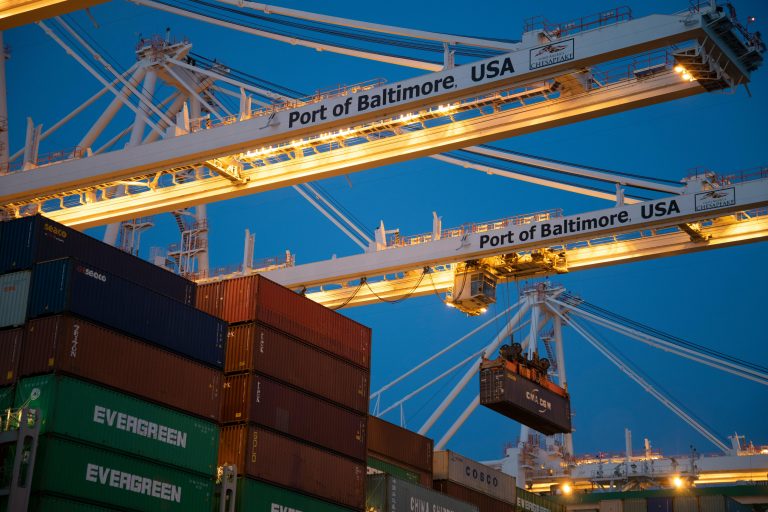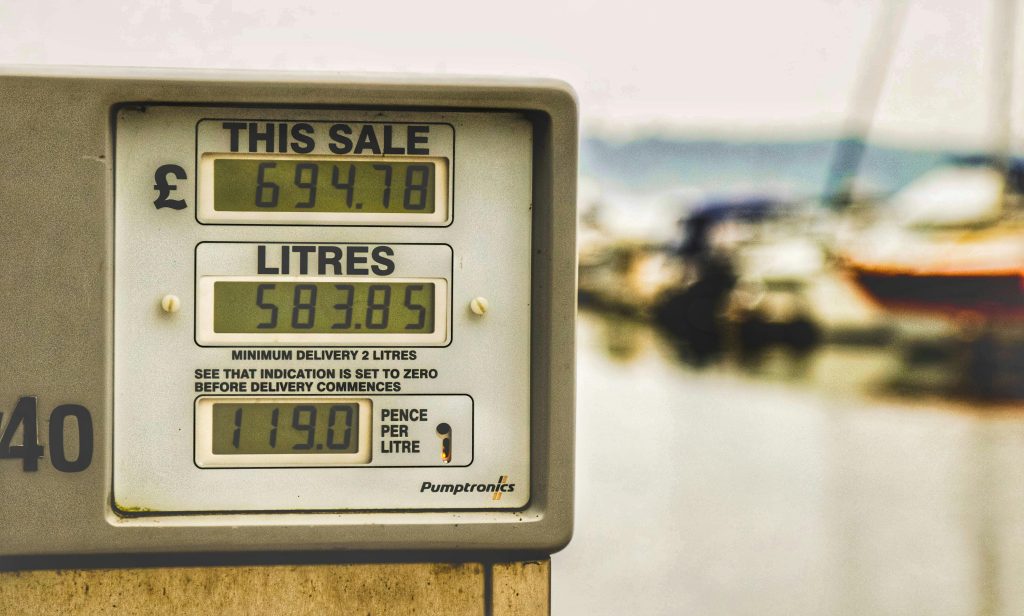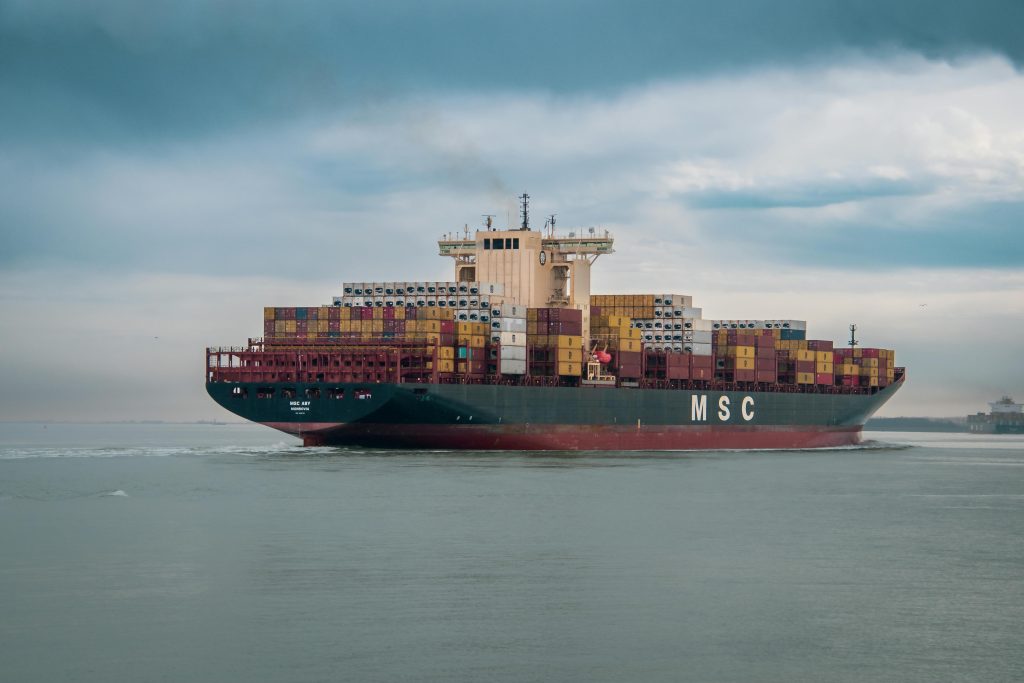Understanding the Bunker Adjustment Factor (BAF)
Fuel costs represent a significant portion of operating expenses for ships, and changes in fuel prices can impact shipping costs substantially.
The BAF helps to offset these variations, ensuring that carriers can maintain stable pricing for their services.

Bunker Adjustment Factor (BAF) Calculator
Estimate the BAF for your shipment based on current fuel prices and shipping details.
Importance of BAF in Shipping
Why BAF Matters
- Cost Management: The BAF allows shipping companies to manage the unpredictability of fuel costs, ensuring they can cover their expenses without frequent rate changes.
- Stability for Shippers: By including BAF in their pricing structures, carriers provide more predictable and stable shipping costs for customers.
- Reflecting Fuel Costs: BAF ensures that the fluctuating cost of bunker fuel (marine fuel) is transparently passed on to the customers, reflecting the actual operating costs.
How BAF is Calculated
Why BAF Matters
The BAF allows shipping companies to manage the unpredictability of fuel costs, ensuring they can cover their expenses without frequent rate changes.
By including BAF in their pricing structures, carriers provide more predictable and stable shipping costs for customers.
BAF ensures that the fluctuating cost of bunker fuel (marine fuel) is transparently passed on to the customers, reflecting the actual operating costs.

How BAF is Calculated
Understanding BAF Calculation
Shipping lines continuously monitor the price of bunker fuel. Prices can vary based on the type of fuel, geographic location, and market conditions.
When fuel prices increase or decrease beyond a certain threshold, the BAF is adjusted accordingly. This adjustment helps to cover the additional costs or savings associated with fuel price changes.
Surcharge Application: The BAF is applied as a surcharge on top of the base freight rate. It is usually expressed as a percentage of the freight cost or as a fixed amount per container.

Types of BAF
Different Forms of Bunker Adjustment Factor
- Fixed BAF: A set surcharge that remains constant over a specified period, regardless of fuel price fluctuations.
- Floating BAF: A variable surcharge that changes regularly based on current fuel prices. This type of BAF is adjusted more frequently to reflect market conditions.
Examples of BAF Application
Practical Use Cases
- Container Shipping: In container shipping, BAF is typically applied per TEU (Twenty-foot Equivalent Unit) or FEU (Forty-foot Equivalent Unit). For instance, a BAF of $200 per TEU might be added to the base freight rate.
- Bulk Shipping: For bulk carriers, BAF might be calculated based on the volume or weight of the cargo, ensuring that larger shipments proportionally share the fuel cost burden.
Benefits of Using BAF
Advantages for Businesses
- Transparency: BAF provides transparency in shipping costs by clearly delineating the portion of the rate attributed to fuel price fluctuations.
- Budgeting: Shippers can budget more effectively knowing that fuel cost variations are managed through BAF rather than unexpected rate increases.
- Efficiency: Shipping lines can operate more efficiently by ensuring that fuel costs are covered, maintaining service quality and reliability.
Common Misconceptions about BAF
Clarifying Frequent Confusions
- BAF vs. Fuel Surcharge: While both terms are related to fuel costs, BAF specifically refers to maritime shipping, whereas fuel surcharges can apply to other transport modes, such as air and road freight.
- Fixed vs. Floating BAF: Fixed BAF provides stability but may not always reflect current fuel prices. Floating BAF adjusts more frequently, offering a closer match to actual fuel costs.
- Inclusion in Freight Rates: BAF is often listed as a separate surcharge on shipping invoices to provide transparency, not included in the base freight rate.

FAQs about BAF
Answers to Common Questions
- What is the Bunker Adjustment Factor (BAF)?
- The Bunker Adjustment Factor is a surcharge applied by shipping lines to account for fluctuations in fuel prices.
- How is BAF calculated?
- BAF is calculated based on the current price of bunker fuel. It adjusts when fuel prices exceed certain thresholds, ensuring that carriers can cover their fuel expenses.
- Why do shipping lines use BAF?
- Shipping lines use BAF to manage fuel cost fluctuations, providing stable and predictable pricing for their services.
- What are the types of BAF?
- The two main types are Fixed BAF, which remains constant over a set period, and Floating BAF, which adjusts regularly based on fuel prices.
- How does BAF benefit shippers?
- BAF offers transparency, helps in budgeting, and ensures that shipping lines can maintain efficient and reliable services.
Conclusion
The Bunker Adjustment Factor (BAF) is a crucial component of the shipping industry, helping to manage the volatile nature of fuel prices. By understanding BAF and how it is applied, businesses can better anticipate shipping costs and make informed logistics decisions. Transparent and predictable, BAF ensures that both carriers and shippers can operate efficiently in a dynamic market environment.
